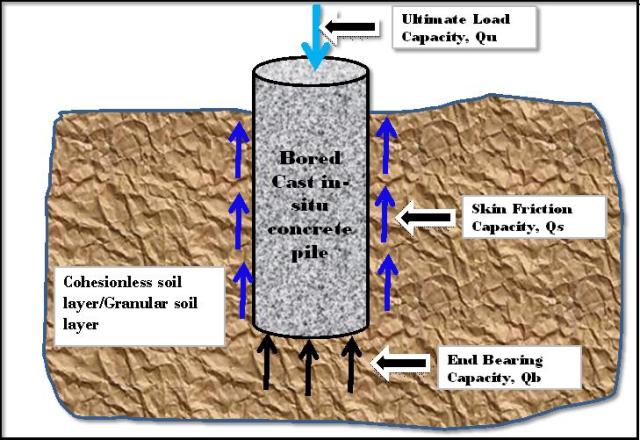

With the further analysis on the system of the rigorous numerical solutions of the skin velocity gradient, the effects of some physical variables and parameters are found on skin velocity gradient for Al 2O 3-water nanofluid’s natural convection. The system of the rigorous numerical solutions of the skin velocity gradient is provided for Al 2O 3-water nanofluid’s natural convection under consideration of variable physical properties. The formulae of the local and average characteristic coefficient of skin friction of nanofluid’s natural convection are obtained, with the defined characteristic similarity velocity whose value is set to be a unit. Meanwhile, a defined characteristic similarity velocity is defined. 2011 24:81–6.Local and average characteristic coefficients of skin friction of nanofluid’s natural convection are proposed with consideration of nanofluid’s variable physical properties. Characterization of skin friction coefficient, and relationship to stratum corneum hydration in a normal Chinese population. Zhu YH, Song SP, Luo W, Elias PM, Man MQ. In vivo friction properties of human skin. Fingerprints are unlikely to increase the friction of primate fingerpads.

A multivariable model for predicting the frictional behaviour and hydration of the human skin. Variables influencing the frictional behaviour of in vivo human skin. Friction coefficient of skin in real-time. Sivamani RK, Goodman J, Gitis NV, Maibach HI. Friction coefficients in a longitudinal direction between the finger pad and selected materials for different normal forces and curvatures. Improvement of the methods for skin mechanical properties evaluation through correlation between different techniques and factor analysis. Skin friction coefficient as a parameter for temperament assessment: a review. Skin friction coefficient: changes induced by skin hydration and emollient application and correlation with perceived skin feel. Biophysical parameters of skin: map of human face, regional, and age-related differences. Variation of skin surface pH, sebum content and stratum corneum hydration with age and gender in a large Chinese population. Man MQ, Xin SJ, Song SP, Cho SY, Zhang XJ, Tu CX, Feingold KR, Elias PM. Friction, capacitance and transepidermal water loss (TEWL) in dry atopic and normal skin. Frictional properties of skin: proposal of a new approach. Koudine AA, Barquins M, Anthoine PH, Aubert L, Lévêque JL. A comparative study of the frictional properties of emollient bath additives using porcine skin. Highley KR, Coomey M, DenBeste M, Wolfram LJ. Skin-textile friction and skin elasticity in young and aged persons. Gerhardt LC, Lenz A, Spencer ND, Münzer T, Derler S. Influence of epidermal hydration on the friction of human skin against textiles. Gerhardt LC, Strässle V, Lenz A, Spencer ND, Derler S. Frictional properties of human forearm and vulvar skin: influence of age and correlation with transepidermal water loss and capacitance. Tribology of human skin and mechanical skin equivalents in contact with textiles. Skin surface lipid and skin friction: relation to age, sex and anatomical region. Frictional properties of human skin: relation to age, sex and anatomical region, stratum corneum hydration and transepidermal water loss. The skin and friction: deviations from Amonton’s laws, and the effects of hydration and lubrication. Stratum corneum acidification is impaired in moderately aged human and murine skin. 1993 24:190–202.Ĭhoi EH, Man MQ, Xu P, Xin S, Liu Z, Crumrine DA, Jiang YJ, Fluhr JW, Feingold KR, Elias PM, Mauro TM. Effects of oil and lard on textured and non-textured surfaces perception of discomfort.


 0 kommentar(er)
0 kommentar(er)
